
About Andrew Cusack
 Writer, web designer, etc.; born in New York; educated in Argentina, Scotland, and South Africa; now based in London.
Writer, web designer, etc.; born in New York; educated in Argentina, Scotland, and South Africa; now based in London. read more
News
Blogs
Reviews & Periodicals
Arts & Design
World
France
Mitteleuropa
Knickerbockers
Argentina
The Levant
Africa
Cape of Good Hope
Netherlands
Scandinavia
Québec
India
Muscovy
Germany
Academica
Prinsjesdag
The State Opening of the States-General of the Netherlands
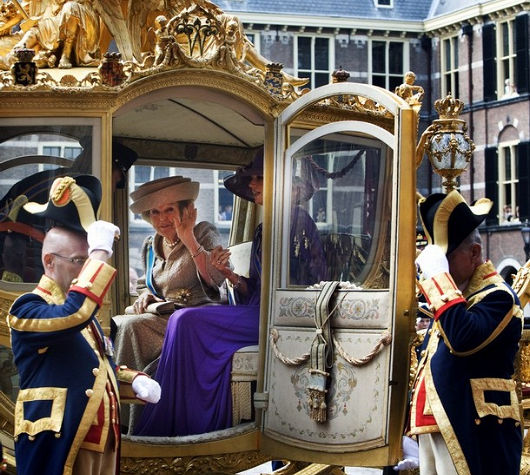
The third Tuesday in September beholds Prinsjesdag — the Day of the Princes — when the Queen of the Netherlands formally opens the annual parliamentary session of the States-General. Queen Beatrix arrives at the Ridderzaal (Knight’s Hall) of the Binnehof palace in the center of The Hague by means of the Gouden Koets (Golden Coach) presented to her predecessor Wilhelmina by the grateful burgers of the city of Amsterdam.
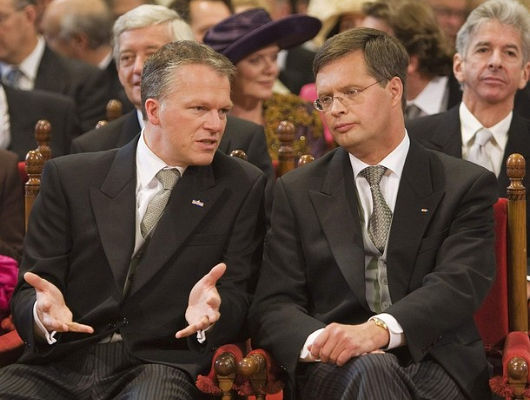
Inside the Ridderzaal, male Members of Parliament don their most formal attire, while a newer tradition holds that the lady MPs attempt to outdo each other in the extravagance of their hats. (Above, the Minister of Finance talks with the Prime Minister).
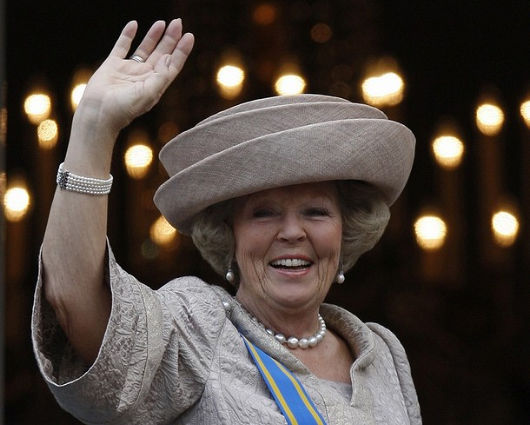
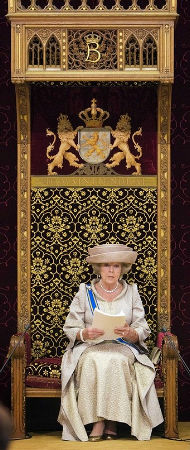
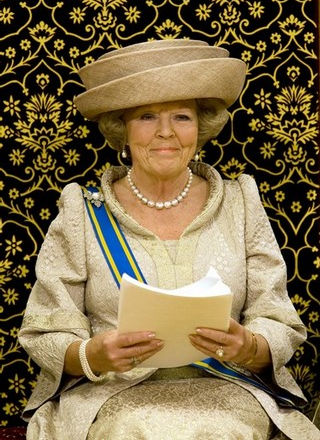
The throne from which the Queen gives her speech was designed by Pierre Cuypers, the great nineteenth-century Dutch architect more famous for the Rijksmuseum Amsterdam and the Central Station in the same city.
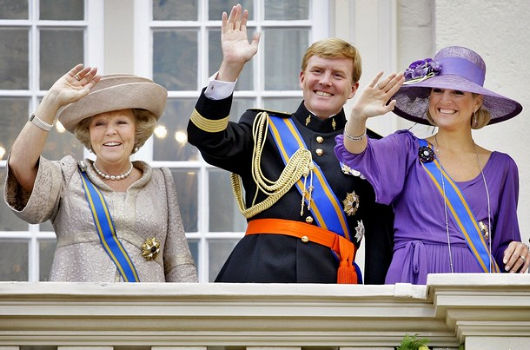
After the Speech from the Throne, the Queen returns to the Noordeinde Palace, where she appears on the balcony alongside the Prince of Orange, the heir apparent, and his wife, Princess Maxima, whose father was an Argentine farmer and prominent member of the government that overthrew Isabel Peron in the 1970s.
Search
Instagram: @andcusack
Click here for my Instagram photos.Most Recent Posts
- Articles of Note: 27 January 2025 January 27, 2025
- Spooks’ Crown January 23, 2025
- Jesuit Gothic January 23, 2025
- Christ Church December 29, 2024
- A Christmas Gift from the Governor December 24, 2024
Most Recent Comments
Book Wishlist
Monthly Archives
Categories



Delightful: you are helping your readers to understand that the idea that Great Britain alone has a true Court is a myth.
It is worth pointing out, too, that Cuypers was a Catholic. So much for the idea that the Netherlands was ever a purely Protestant place. It is true that the two sides rarely met in society (even today one can meet prim old ladies who have never spoken to a Catholic in their lives), but the role of the Church in Dutch culture was never extinguished.
No Crowns in Holland, Andrew?